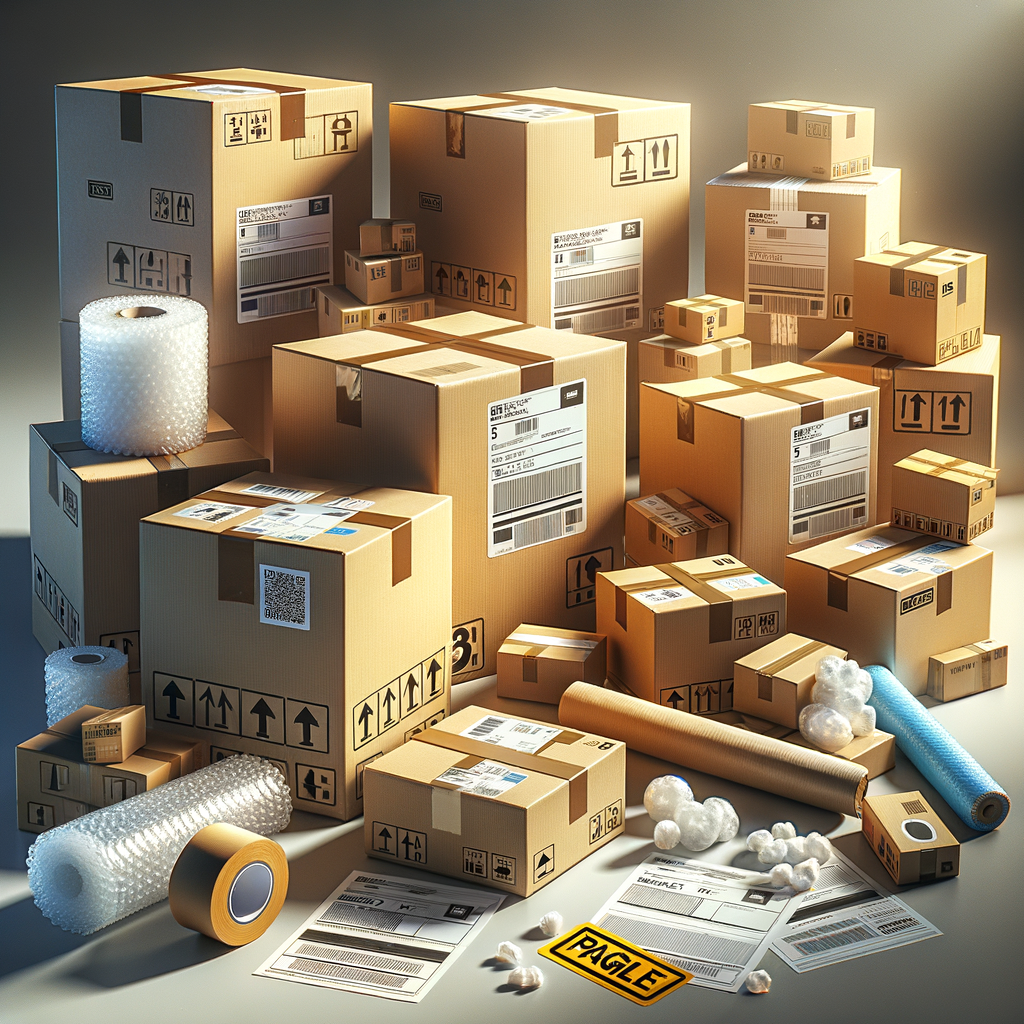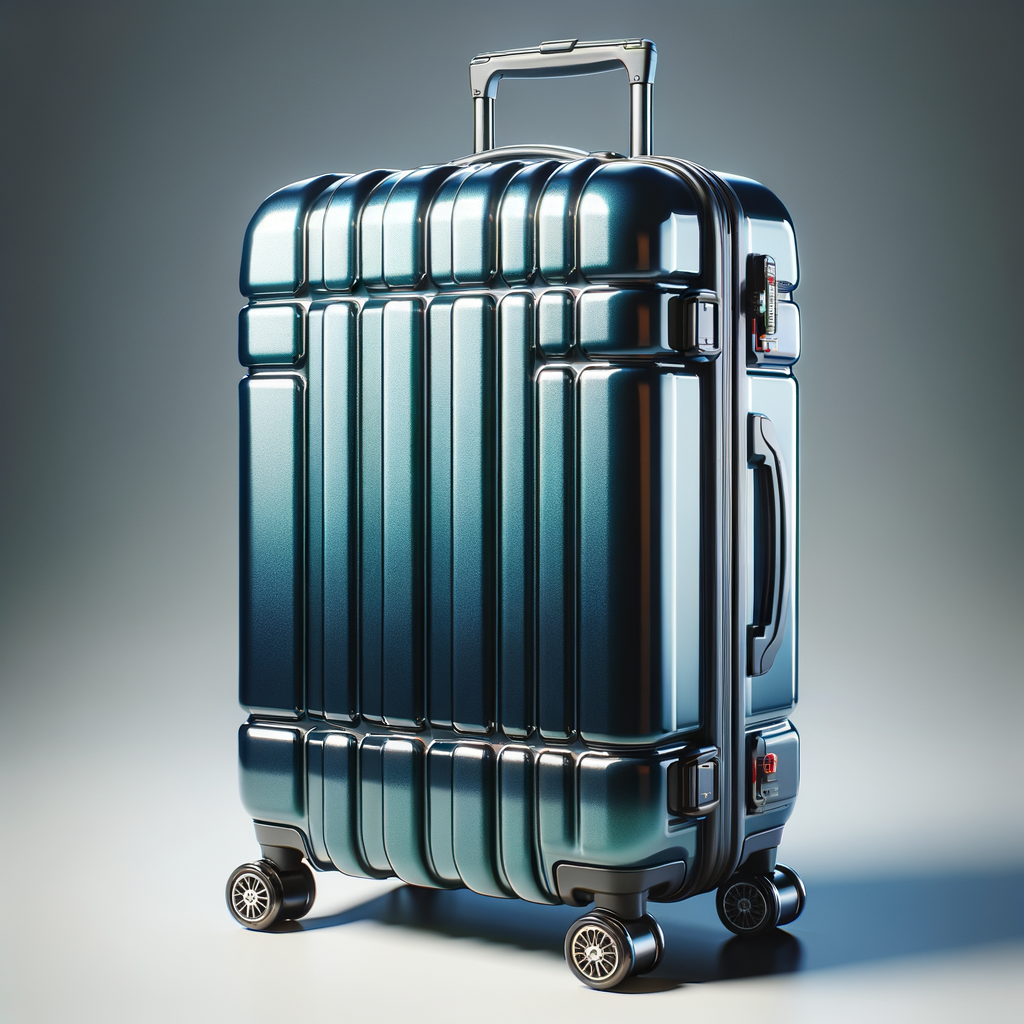E-commerce Packaging: Tips for Safe and Sustainable Shipping
February 5, 2024 | Packaging | No Comments

In today’s fast-paced world of online shopping, ecommerce packaging plays a crucial role in ensuring customer satisfaction, protecting products during transit, and promoting brand recognition. As businesses strive to meet customer expectations for safe and sustainable shipping, it’s essential to understand the best practices for ecommerce packaging. In this article, we will explore various aspects of packaging, from its impact on customer satisfaction to cost-efficiency, customization, compliance with regulations, and the importance of customer feedback.
The Role of Ecommerce Packaging in Customer Satisfaction
How Packaging Impacts the Overall Customer Experience
Ecommerce packaging is more than just a way to transport products. It is the first physical interaction that customers have with your brand. Packaging sets the tone for the entire shopping experience and can significantly influence a customer’s perception of your business.
When a package arrives, it’s not just about the product inside; it’s also about the presentation. The unboxing experience can be as exciting as the product itself. Imagine receiving a beautifully wrapped package compared to one that is poorly packaged and damaged. The former creates a sense of anticipation and delight, while the latter can lead to disappointment.
The Connection Between Packaging and Brand Perception
Customers often associate the quality and care put into packaging with the overall quality of the product and the brand itself. A well-designed and sturdy package can leave a positive impression, while shoddy packaging can lead to disappointment.
For example, luxury brands often invest in premium packaging materials and unique designs to create an aura of exclusivity. This attention to detail reinforces the brand’s image and justifies the premium price customers are willing to pay.
Statistics on Customer Preferences Related to Packaging
Studies have shown that customers have clear preferences when it comes to packaging. For example, many consumers appreciate environmentally friendly packaging materials, personalized touches, and easy-to-open packages.
In fact, a survey conducted by Packaging Digest found that 72% of consumers believe that packaging design influences their purchasing decisions. Furthermore, 64% of consumers said they would be more likely to make repeat purchases from a brand that offers premium packaging.
Ensuring Safe Shipping
Importance of Protecting Products During Transit
One of the primary functions of ecommerce packaging is to protect products from damage during shipping. Damaged items not only result in unhappy customers but also increase costs due to returns and replacements.
When products are in transit, they can be subjected to various hazards, including rough handling, temperature fluctuations, and moisture. Proper packaging can safeguard against these risks, ensuring that the product arrives in perfect condition.
Choosing the Right Packaging Materials for Safe Shipping
Selecting the appropriate packaging materials is crucial to ensure products reach their destination in pristine condition. Different products may require various types of packaging, from padded envelopes to corrugated boxes.
For instance, fragile items like glassware or electronics may need extra padding and cushioning to absorb shocks. On the other hand, clothing or non-fragile goods may require less robust packaging but still need to be securely sealed.
Tips for Securing Fragile Items
For businesses that deal with delicate or fragile items, special attention must be given to packaging methods. We’ll explore best practices for packaging fragile items securely.
When it comes to fragile items, bubble wrap, foam inserts, and air pillows are your best friends. Make sure that the fragile items are snugly placed within the packaging, leaving no room for them to move around during transit. Additionally, labeling the package as “Fragile” can alert carriers to handle it with care.
Sustainable Packaging Solutions
The Environmental Impact of Traditional Packaging
Traditional packaging materials, such as plastic and excessive use of cardboard, contribute significantly to environmental pollution. Sustainable packaging offers an eco-friendly alternative.
The production of traditional packaging materials often involves the extraction of non-renewable resources and emits greenhouse gases. Moreover, the disposal of these materials in landfills leads to long-term environmental harm.
Introduction to Sustainable Packaging Materials
We’ll discuss sustainable packaging materials, including biodegradable options, recyclable materials, and innovations like mushroom packaging and edible packaging.
Biodegradable materials, such as cornstarch-based packing peanuts or paper-based bubble wrap, are designed to break down naturally, reducing the burden on landfills. Recyclable materials, like cardboard boxes, can be easily repurposed into new packaging.
Tips for Implementing Eco-Friendly Packaging Practices
Learn how to incorporate sustainable packaging practices into your business model, reduce your carbon footprint, and appeal to environmentally conscious customers.
One way to adopt eco-friendly practices is by using less packaging overall. This not only reduces waste but can also lead to lower shipping costs. Additionally, consider offering incentives to customers who return packaging materials for recycling.
Cost-Efficiency and Ecommerce Packaging
Balancing Quality and Cost-Effectiveness
While quality packaging is essential, businesses must also consider cost-effectiveness. We’ll explore strategies for finding the right balance.
Cost-efficient packaging doesn’t necessarily mean compromising on quality. It means optimizing your packaging choices to minimize waste and reduce unnecessary expenses.
Cost-Saving Strategies for Ecommerce Packaging
Discover cost-saving strategies, such as bulk purchasing, optimizing packaging dimensions, and utilizing recycled materials.
Bulk purchasing can often lead to significant cost savings on packaging materials. By buying in larger quantities, you can negotiate better prices with suppliers and reduce shipping costs.
Case Studies of Successful Cost-Efficient Packaging
We’ll highlight businesses that have achieved cost-efficiency in their ecommerce packaging without compromising quality.
For instance, Amazon’s “Frustration-Free Packaging” initiative reduced waste and shipping costs by eliminating excess packaging and using materials that are easier to recycle.
Customization and Branding
The Role of Custom Packaging in Brand Recognition
Custom packaging allows businesses to differentiate themselves in a crowded marketplace and enhance brand recognition.
Your packaging is a canvas for telling your brand’s story. Custom packaging can include branded boxes, personalized thank-you notes, or even custom tissue paper with your logo.
How to Design Personalized Packaging
Learn how to design personalized packaging that reflects your brand’s identity and resonates with customers.
Consider your brand’s colors, logo, and messaging. The goal is to create a packaging design that is instantly recognizable as yours.
Case Studies of Brands with Unique Packaging
Explore examples of brands that have successfully leveraged custom packaging to leave a lasting impression on customers.
Companies like Apple and Glossier are known for their distinctive packaging designs. These brands have made their packaging an integral part of their brand identity.
Packaging Regulations and Compliance
Overview of Packaging Regulations and Requirements
Understanding packaging regulations and compliance is crucial to avoid legal issues and potential fines.
Different countries and regions may have specific packaging requirements and restrictions. These regulations can relate to labeling, hazardous materials, and even the size and weight of packages.
Tips for Ensuring Compliance with Shipping Laws
We’ll provide guidance on how to navigate packaging regulations, including labeling requirements, hazardous materials handling, and international shipping rules.
When shipping internationally, it’s essential to research the specific requirements of the destination country. Failure to comply with these regulations can lead to delays, fines, or even the rejection of your shipment.
The Consequences of Non-Compliance
Learn about the potential consequences of failing to comply with packaging regulations, including legal consequences and damage to your brand’s reputation.
Non-compliance with packaging regulations can result in hefty fines and legal penalties. Moreover, if your products are repeatedly damaged due to inadequate packaging, it can harm your brand’s reputation and erode customer trust.
Customer Feedback and Iteration
Collecting Feedback on Packaging from Customers
Engaging with customers and soliciting their feedback on packaging can lead to valuable insights for improvement.
Encourage customers to provide feedback on their packaging experience. This can be done through surveys, email requests, or even social media.
Strategies for Continuous Improvement
Discover strategies for continuously improving your ecommerce packaging based on customer input and market trends.
Analyze the feedback you receive and identify common themes or areas for improvement. Use this information to refine your packaging materials, designs, and overall packaging strategy.
Examples of Companies Adapting Based on Customer Input
We’ll showcase companies that have successfully adapted their packaging based on customer feedback and market demands.
Companies like Zappos and Warby Parker have made changes to their packaging based on customer preferences. For example, Warby Parker introduced a “packaging-less” option for customers who value minimal packaging.
Conclusion
In conclusion, ecommerce packaging is not just a logistical necessity; it is an integral part of the customer experience. Safe and sustainable shipping practices, combined with cost-efficient and branded packaging, can set your business apart and drive customer satisfaction. By staying compliant with packaging regulations and actively seeking customer feedback, you can ensure that your packaging evolves to meet the changing needs and expectations of your customers.
…


